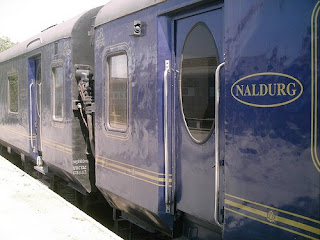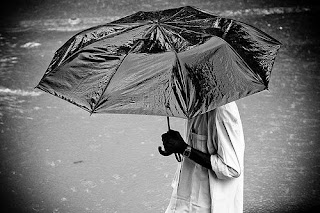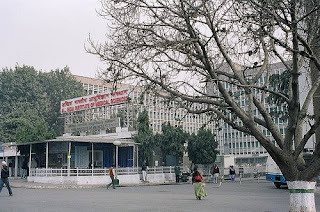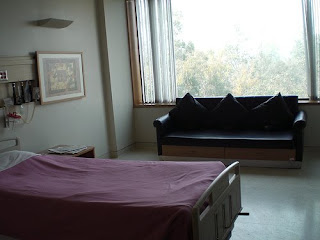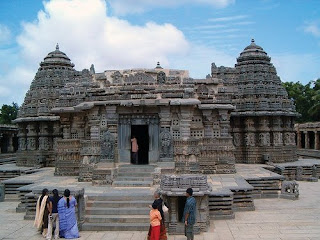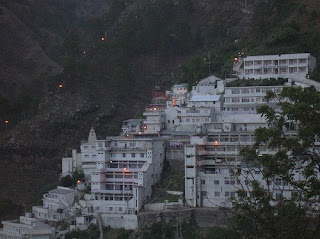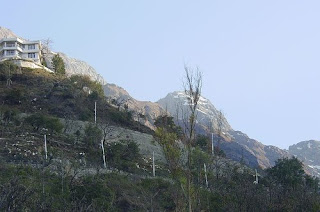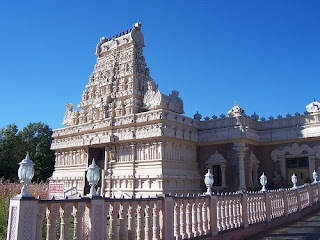UNESCO on Monday (July 8) approved Kalka - Shimla narrow gauge railway as new World Heritage Site. Built in the 19th century, Kalka – Shimla railway became one of the four Mountain Rail ways of India being included in World Heritage list. Other railways include the Darjeeling Himalayan Railway and the Nilgiri Mountain Railway in Tamil Nadu State. Kalka – Shimla Railway is the ultimate victory of style and serendipity over speed and in this route journey is as important as the destination. An extraordinary engineering feat, Kalka - Shimla Railway has its heritage as well cultural values.
ways of India being included in World Heritage list. Other railways include the Darjeeling Himalayan Railway and the Nilgiri Mountain Railway in Tamil Nadu State. Kalka – Shimla Railway is the ultimate victory of style and serendipity over speed and in this route journey is as important as the destination. An extraordinary engineering feat, Kalka - Shimla Railway has its heritage as well cultural values.
Considered as the greatest narrow gauge engineering feat in the country, Kalka – Shimla railway line was opened on November 9, 1903 by Lord Curzon, the then Viceroy of India. Still the line doesn’t go faster than 25 km per hour, but according to the railway authorities, in comparison to British period more people are using the line today. The journey begins at Kalka, the track rises from 640 mtr (Kalka) to 2,060 mtr (Shimla), the train passes over 864 bridges, under 102 tunnels (longest tunnel Barog – 1.1 km) and around 900 sharp curves and bends.
 ways of India being included in World Heritage list. Other railways include the Darjeeling Himalayan Railway and the Nilgiri Mountain Railway in Tamil Nadu State. Kalka – Shimla Railway is the ultimate victory of style and serendipity over speed and in this route journey is as important as the destination. An extraordinary engineering feat, Kalka - Shimla Railway has its heritage as well cultural values.
ways of India being included in World Heritage list. Other railways include the Darjeeling Himalayan Railway and the Nilgiri Mountain Railway in Tamil Nadu State. Kalka – Shimla Railway is the ultimate victory of style and serendipity over speed and in this route journey is as important as the destination. An extraordinary engineering feat, Kalka - Shimla Railway has its heritage as well cultural values.Considered as the greatest narrow gauge engineering feat in the country, Kalka – Shimla railway line was opened on November 9, 1903 by Lord Curzon, the then Viceroy of India. Still the line doesn’t go faster than 25 km per hour, but according to the railway authorities, in comparison to British period more people are using the line today. The journey begins at Kalka, the track rises from 640 mtr (Kalka) to 2,060 mtr (Shimla), the train passes over 864 bridges, under 102 tunnels (longest tunnel Barog – 1.1 km) and around 900 sharp curves and bends.
The scenery along the Kalka – Shimla route is spectacular – flanked by lofty hills, the line cross through the sides of steep cliffs and ventures over arch bridges. The toy train begins its c
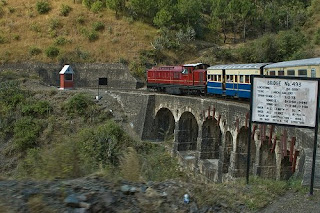 orkscrew ascent immediately above the small town of Parwanoo and enter into the forested hills. After an hour the track straightens out, curving in and out of the hills. There are 18 stations along the way, Barog is the most popular among them. From Barog to Kandaghat, the train crosses the beautiful places of Solan and Saloghra. The final climb of the train starts at Kandaghat, through lush oak and rhododendron forests, Finally, Shimla comes into view as the train winds its way through the picturesque hills to the alpine reaches of the lower Himalayas.
orkscrew ascent immediately above the small town of Parwanoo and enter into the forested hills. After an hour the track straightens out, curving in and out of the hills. There are 18 stations along the way, Barog is the most popular among them. From Barog to Kandaghat, the train crosses the beautiful places of Solan and Saloghra. The final climb of the train starts at Kandaghat, through lush oak and rhododendron forests, Finally, Shimla comes into view as the train winds its way through the picturesque hills to the alpine reaches of the lower Himalayas. An another interesting aspect of the Kalka – Shimla railway is the age-old communication system, which is still in use. Block phones and control phones are being used by the stations en-rou
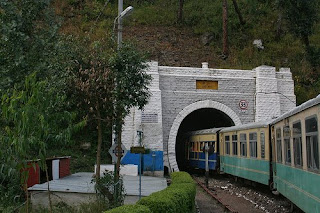 te, the former established links between two stations, while the latter helps to keep in touch with other important stations. Beside, the Red and green lanterns, used as signals in British period are still part of the operating system.
te, the former established links between two stations, while the latter helps to keep in touch with other important stations. Beside, the Red and green lanterns, used as signals in British period are still part of the operating system. Mountain railways is one of the major tourists attractions of India. Developed by the British East India company, about hundred year ago, mountain railways even today serve as the most convenient mode of transport to reach the hill stations. In fact, mountain railways have become the precious jewell in crown of the Indian Railway. Addition of Kalka- Shimla Railway in World Heritage list is a big achievement for Indian Railways. According to reports the Railways are now planning to offer special tour package on Kalka – Shimla rail line.

